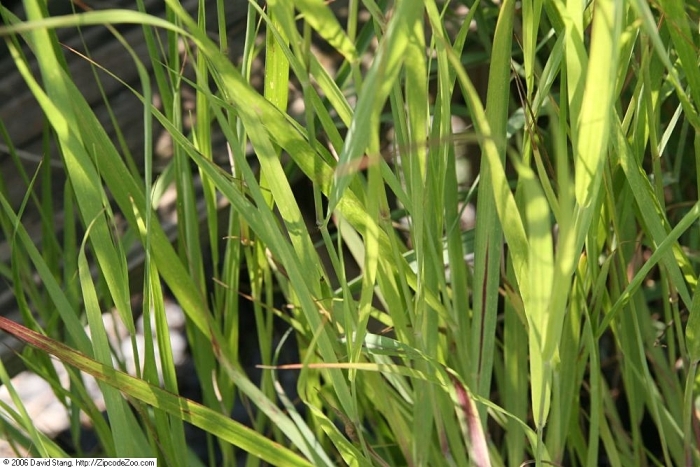Switchgrass
(Panicum virgatum)
Switchgrass (Panicum virgatum)
/
/

Photo by David J. Stang
CC BY-SA 4.0


















































































Estimated Native Range
Summary
Switchgrass is valued for its adaptability to poor soil conditions, low maintenance requirements, and potential as a bioenergy crop. It is used for soil conservation, erosion control, and as a biofuel source. It is also planted for ornamental purposes in naturalistic gardens and meadows where its tall, waving foliage adds movement and texture. In cultivation, it prefers full sun or part shade, low to medium water, and soils with slow to medium drainage. Switchgrass is self-seeding, which allows for easy natural propagation, and once established, stands can survive for over a decade. It can be invasive outside its native range, so caution is advised when planting in non-native areas.CC BY-SA 4.0
Plant Description
- Plant Type: Grass
- Height: 3-6 feet
- Width: 2-3 feet
- Growth Rate: Rapid
- Flower Color: N/A
- Flowering Season: Summer, Fall
- Leaf Retention: Deciduous
Growth Requirements
- Sun: Full Sun, Part Shade
- Water: Low, Medium
- Drainage: Medium, Slow
Common Uses
Bank Stabilization, Bird Garden, Border Plant, Butterfly Garden, Deer Resistant, Drought Tolerant, Erosion Control, Fire Resistant, Groundcover, Low Maintenance, Potted Plant, Rabbit Resistant, Salt Tolerant, Street Planting
Natural Habitat
native to prairies, open woodlands, and savannas across the Eastern, Central, and Mountain states of the US, as well as parts of Mexico
Other Names
Common Names: Blackwell Switch-Grass, Switch Grass, Old Switch Panic Grass, Old Switch Panicgrass, Wand Panicgrass, Wild Redtop, Thatchgrass, Tall Prariegrass, Rutenhirse, Panic Érigé
Scientific Names: , Panicum virgatum, Panicum virgatum var. virgatum, Panicum virgatum var. spissum, Panicum virgatum var. cubense, Panicum ichnanthoides, Panicum virgatum subsp. cubense, Panicum giganteum, Panicum virgatum var. breviramosum, Eatonia purpurascens
GBIF Accepted Name: Panicum virgatum L.